See also
- Dennert Fir Tree, a signboard used in the Harz mountains in Germany
- Fir Tree Copse, a nature reserve in Surrey, England
- The Fir-Tree
Fir Tree may refer to:

A Christmas tree is a decorated tree, usually an evergreen conifer, such as a spruce, pine or fir, or an artificial tree of similar appearance, associated with the celebration of Christmas. The custom was further developed in early modern Germany where German Protestant Christians brought decorated trees into their homes. It acquired popularity beyond the Lutheran areas of Germany and the Baltic governorates during the second half of the 19th century, at first among the upper classes.
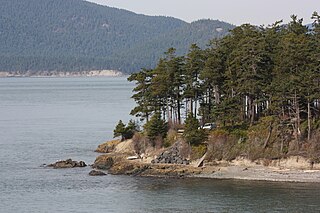
The Douglas fir is an evergreen conifer species in the pine family, Pinaceae. It is native to western North America and is also known as Douglas-fir, Douglas spruce, Oregon pine, and Columbian pine. There are three varieties: coast Douglas-fir, Rocky Mountain Douglas-fir and Mexican Douglas-fir.

Firs are evergreen coniferous trees belonging to the genus Abies in the family Pinaceae. There are approximately 48–56 extant species, found on mountains throughout much of North and Central America, Europe, Asia, and North Africa. The genus is most closely related to Cedrus (cedar).
A deal, or deals may refer to:
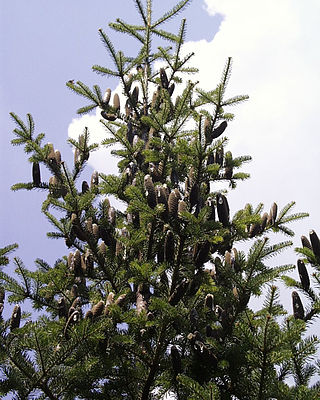
Abies balsamea or balsam fir is a North American fir, native to most of eastern and central Canada and the northeastern United States.
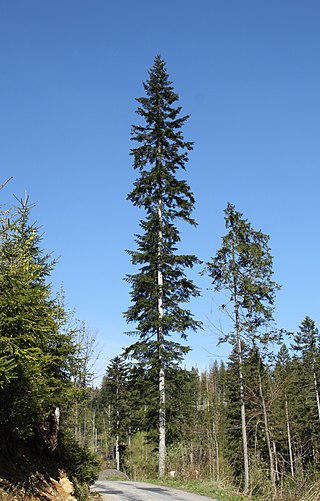
Abies alba, the European silver fir or silver fir, is a fir native to the mountains of Europe, from the Pyrenees north to Normandy, east to the Alps and the Carpathians, Slovenia, Croatia, Bosnia and Herzegovina, Montenegro, Serbia, and south to Italy, Bulgaria, Kosovo, Albania and northern Greece; it is also commonly grown on Christmas tree plantations in the North East region of North America spanning New England in the US to the Maritime provinces of Canada.
Silver fir is a common name for several trees and may refer to:

Abies bracteata, the Santa Lucia fir or bristlecone fir, is the rarest and most endemic fir in North America, and according to some, the world. It is confined to steep-sided slopes and the bottoms of rocky canyons in the Santa Lucia Mountains, in the Big Sur region on the central coast of California, United States.

Abies grandis is a fir native to the Pacific Northwest and Northern California of North America, occurring at altitudes of sea level to 1,700 metres (5,600 ft). It is a major constituent of the Grand Fir/Douglas Fir Ecoregion of the Cascade Range.

Abies amabilis, commonly known as the Pacific silver fir, is a fir native to the Pacific Northwest of North America, occurring in the Pacific Coast Ranges and the Cascade Range. It is also commonly referred to as the white fir, red fir, lovely fir, Amabilis fir, Cascades fir, or silver fir. The species name is Latin for 'lovely'.
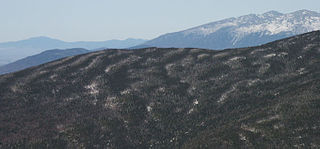
A fir wave is a set of alternating bands of fir trees in sequential stages of development, observed in forests on exposed mountain slopes in several areas, including northeastern North America and Japan. Fir waves develop by wave-regeneration following wind disturbance, and is one of various types of patterned vegetation.
ȽÁU,WELṈEW̱/John Dean Provincial Park, formerly John Dean Provincial Park, is a small, densely vegetated provincial park on the Saanich Peninsula of southern Vancouver Island, British Columbia, Canada. The park is located on and around ȽÁU,WELṈEW̱, a small mountain in the traditional territory of Wsanec First Nations, itself situated 20 km north of Victoria, the provincial capital city.
The Firs may refer to:

Chiddingfold Forest is a 542.5-hectare (1,341-acre) biological Site of Special Scientific Interest in Chiddingfold in Surrey and West Sussex. One part of it, Fir Tree Copse, is a nature reserve which is managed by the Surrey Wildlife Trust
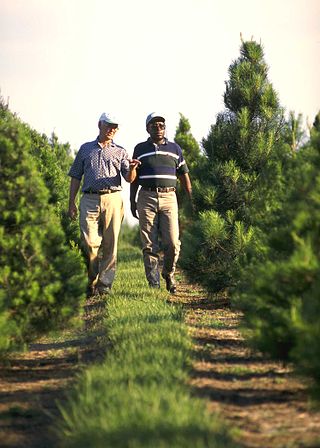
Christmas tree cultivation is an agricultural, forestry, and horticultural occupation which involves growing pine, spruce, and fir trees specifically for use as Christmas trees.
A fir is a type of evergreen coniferous tree.

The Ancient Forest Alliance is a grassroots environmental organization in British Columbia, Canada. It was founded in January 2010, and is dedicated to protecting British Columbia's old growth forests in areas where they are scarce, and ensuring sustainable forestry jobs in that province.
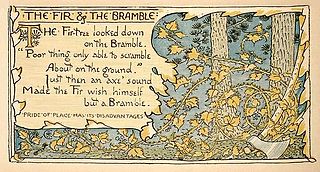
The Fir and the Bramble is one of Aesop's Fables and is numbered 304 in the Perry Index. It is one of a group in which trees and plants debate together, which also includes The Trees and the Bramble and The Oak and the Reed. The contenders in this fable first appear in a Sumerian debate poem of some 250 lines dating from about 2100 BCE, in a genre that was ultimately to spread through the Near East.
A. grandis may refer to:

Pseudotsuga menziesii var. menziesii, commonly known as Coast Douglas-fir, Pacific Douglas-fir, Oregon pine, or Douglas spruce, is an evergreen conifer native to western North America from west-central British Columbia, Canada southward to central California, United States. In Oregon and Washington its range is continuous from the Cascades crest west to the Pacific Coast Ranges and Pacific Ocean. In California, it is found in the Klamath and California Coast Ranges as far south as the Santa Lucia Mountains with a small stand as far south as the Purisima Hills, Santa Barbara County. In the Sierra Nevada it ranges as far south as the Yosemite region. It occurs from near sea level along the coast to 1,800 metres (5,900 ft) in the California Mountains. Further inland, coast Douglas-fir is replaced by Rocky Mountain or interior Douglas-fir. Interior Douglas-fir intergrades with coast Douglas-fir in the Cascades of northern Washington and southern British Columbia.